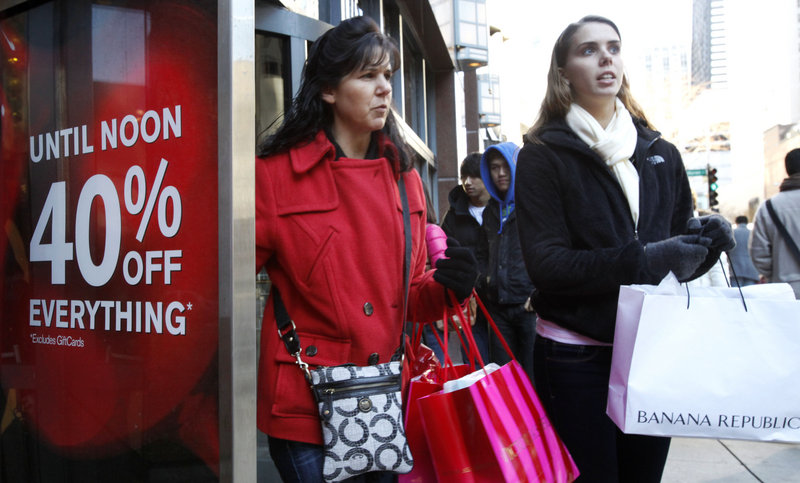WASHINGTON — The U.S. economic recovery accelerated in the final months of 2010, with the private sector gaining enough strength to supplant government spending as the main engine of growth.
The latest reading on gross domestic product, released Friday, shows that economic expansion is still too slow to bring down unemployment by much. But the recovery is becoming deeper, broader and more durable. The 3.2 percent rate of increase in fourth-quarter GDP, the broadest measure of economic activity, was up from 2.6 percent in the previous quarter.
The most positive news from Friday’s report is that economic growth seems to be putting down roots. In late 2009 and early 2010, the gains in GDP were driven by government spending to stimulate the economy and outlays by business to rebuild depleted inventories – both flash-in-the-pan factors.
By contrast, growth last quarter was driven by American consumers, who spent more; businesses, which invested more; and a much improved balance of trade with other nations. If businesses had not reduced their levels of inventories last quarter, GDP growth would have been more than twice as high. Final sales, which exclude inventory adjustments, rose at a 7.1 percent rate, the strongest showing since 1984.
“It’s encouraging that growth is continuing,” said David Wyss, chief economist at Standard & Poor’s, “and it seems to be becoming more sustainable and more organic growth rather than being forced by the government.”
President Obama’s chief economist, Austan Goolsbee, called the sixth straight quarter of growth “a further sign that the economy continues to gain momentum.” But Goolsbee added that “we have a lot more work to do to accelerate growth so that we are creating the jobs we need.”
Consumption in the fourth quarter rose at a 4.4 percent annual rate, the fastest since 2006. There was a particularly strong rise in purchases of cars and trucks.
Business spending on equipment and software rose at a 5.8 percent rate, although that is down from a double-digit rate of growth in the previous two quarters. Even housing, which has been a drag on the economy for most of the past four years, contributed a bit of growth, with residential investment rising at a 3.4 percent rate.
Trade contributed more to GDP than it had in any quarter since 1980. Exports rose at an 8.5 percent annual rate, and imports, which subtract from growth, fell at a 13.6 percent rate.
The nation’s overall economic growth was strong enough to restore the total output to the level it was before the recession began in late 2007.
The economy, however, is still producing far below its potential because both population and the efficiency of American workers have increased since 2007.
Send questions/comments to the editors.



Success. Please wait for the page to reload. If the page does not reload within 5 seconds, please refresh the page.
Enter your email and password to access comments.
Hi, to comment on stories you must . This profile is in addition to your subscription and website login.
Already have a commenting profile? .
Invalid username/password.
Please check your email to confirm and complete your registration.
Only subscribers are eligible to post comments. Please subscribe or login first for digital access. Here’s why.
Use the form below to reset your password. When you've submitted your account email, we will send an email with a reset code.